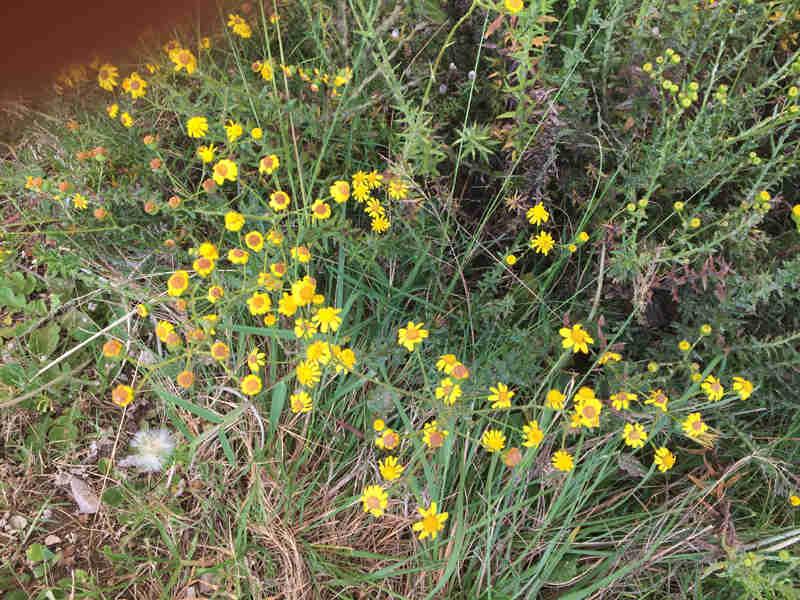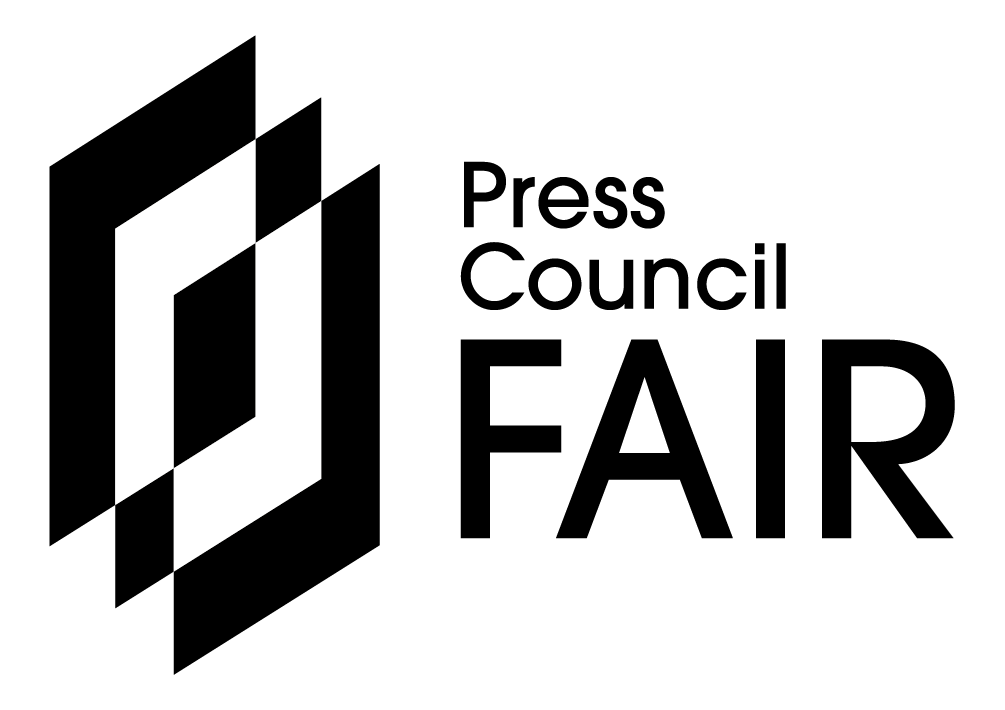GARDEN ROUTE NEWS - I’ve been asked about the abundance of these plants on the hillsides and also along the roads as people wanted to know if they are an alien invasive species because of the large areas they are covering.
The prolific germination identifies them as pioneer plants, along with Bitou and Keurboom, however they are the "baddies" of our indigenous flora. Not only are they highly toxic, they also tend to out-compete some more desirable indigenous species for space and nutrients. What you are currently seeing populating our hillsides are mostly Senecio Ilicifolia.
Large genus
Senecio is a large genus of annual or perennial herbs, shrubs, small trees and vines classified within the daisy family. It is a cosmopolitan genus of some 1 250 species, most of which occur in South America and Africa. There are about 300 species in Africa, so it could be an impossible task for the layman to get to know them all.
A superficial knowledge of the main features of the plants is, however, necessary to be able to recognise them, especially the dangerous and economically important species. A common feature of Senecio plants are their small, daisy-like flowers, each one of which is in reality a cluster of a large number of small flowers called florets, surrounded by a ring of what can be described as petals, but which are really modified florets, called ray-florets.
 What you are currently seeing populating our hillsides are mostly Senecio Ilicifolia.
What you are currently seeing populating our hillsides are mostly Senecio Ilicifolia.
Senecio flowers are mostly yellow in colour, but there are species with beautiful mauve, purple and even white flowers. For instance, Senecio Elegans and Senecio Glastifolius with large bright mauve flowers are highly sought-after garden plants. Most gardeners will be familiar with the canary creeper (Senecio Tamoides) which occurs in forests or forest fringe. It makes a spectacular show in late autumn when covered with its bright yellow flowers. The fleshy-leaved Senecio Angulatus drapes itself over fences and low shrubbery in and around Knysna. From July onwards the highly fragrant yellow flowers attract a multitude of insects.
Highly toxic to ruminants
Most Senecio flowers are rather insignificant, but there are often a great many on each plant, creating quite a show when large and extensive populations, sometimes found in severely overgrazed and degraded veld, flower simultaneously. The culprit species are Senecio Latifolius, Senecio Burchellii, Senecio Isatideus and a few other less important species (Senecio Ilicifolius and Senecio Rosmarinifolius). These are all highly toxic to ruminants and even horses, especially in early spring in degraded veld where they are the first to shoot and there is very little else to eat. When even small quantities are ingested, they cause severe liver damage which can be acute or chronic, depending on the degree of toxicity and the length of exposure to the plants. The condition caused by Senecio poisoning has been called Molteno disease because of the high incidence of this problem in the Senecio-infested Molteno district in the Eastern Cape.
The condition’s correct name is Seneciosis and it’s by no means confined to Molteno, instead occurring over a very wide area in sour grassland in the eastern parts of the country. Getting to know the dangerous ones is important.
In the southwestern districts of the Cape Province, especially the Knysna, George, Riversdale and Mossel Bay districts, certain species of the Senecio plants grow abundantly.
The following are found as "weeds" on cultivated wheat-lands: Senecio Ilicifolius (abundant), S. Burchellii (abundant), S. Rosmarinifolius (fairly common) as well as certain other species which do not occur so abundantly.
It is very well known that S. Ilicifolius is the cause of bread poising in human beings, and the other two species are also suspected poisonous plants.
Other Senecio species occurring in and around Knysna are S.Burchellii, S. Angulatus, S. Coronatus, S. Crenatus, S. Deltoids, S. Elegans, S. Glastifolius, S. Ilicifolius, S. Lanceus, S. Lanifer, S. Othoniflorus, S. Pterophorus, S. Quinquelobus, S. Radicans, and S. Rosemarifolius.
 Most Senecio flowers are rather insignificant, but numerous.
Most Senecio flowers are rather insignificant, but numerous.
Some interesting reading
• Farmers Weekly: With sound veld management Senecio infestation and poisoning can be avoided, writes Cameron McMaster. (Issue Date: 31 October 2008)
• Bread-poisoning in humans is caused by wheat harvested from wheat fields contaminated by Senecio. See extract from paper published by Government Printer, 1940: Onderstepoort Journal of Veterinary Science and animal Industry, Vol. 15, No. 1 & 2, July & Oct, 1940
• Chemical Investigations upon the Senecio Species Responsible for "Bread-poisoning". The Isolation of “Senecionine” from Senecio Ilicifolius Thunb and a New Alkaloid "Rosmarinine" from Senecio Rosmarinifolius Linn, by HL De Waal, Section of Pharmacology and Toxicology, Onderstepoort.
Article supplied by Esther Townsend
"We bring you the latest Knysna, Garden Route news."
















